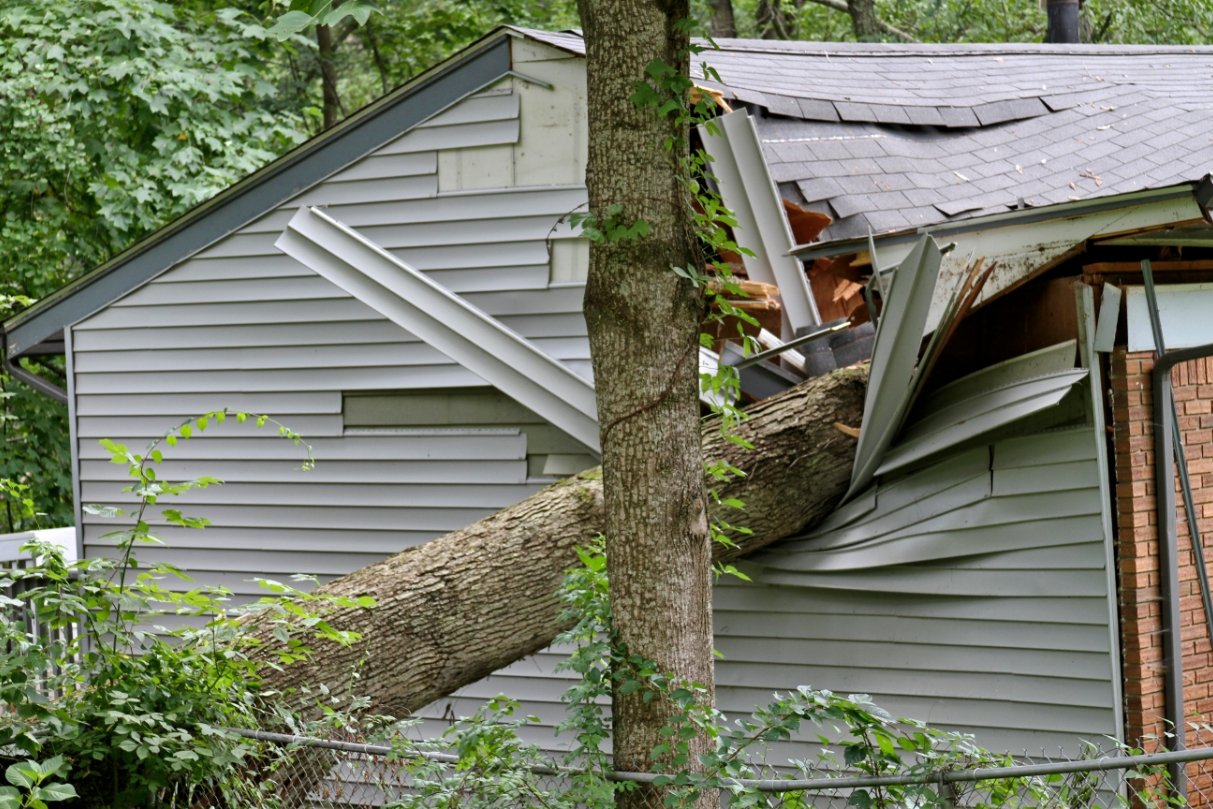Expert Tips to Upgrade Your Outdoor Space for Spring
Is your winter-weary yard in need of a little TLC? The good news is, getting your outdoor space spring-ready doesn’t have to take months or a huge budget. Below, we asked two outdoor experts to reveal their tips for sprucing up your yard this spring.
Here’s what they had to say...
Expert #1: Andy Wright of Royal Architectural Landscaping
What’s one way to enhance your outdoor living space?
Installing outdoor audio is a great way to upgrade your outdoor space. It will eliminate the need to try to play your indoor system loudly enough to be heard outside, which only results in muffled music that’s hard to hear. With the right equipment, not only will you have high-quality outdoor audio, but you can play your music on the patio while the kids play their music by the pool. It’s a win-win for everyone.
If you decide to install an outdoor audio system, make sure you do it right the first time. A good quality outdoor audio system isn’t cheap and requires a good amount of labor, so cutting corners will only cost you more in the long run.
Here are three things to keep in mind before moving forward with an outdoor audio install:
1. Choose the right speakers for the right spaces.
2. Always consider your surroundings.
3. Have a design that best fits your needs.
For more tips to step up your outdoor living space, head here.
Expert #2: Matt Bunch with The Giving Grove and Kansas City Community Gardens
When should I prune my fruit trees? And what am I supposed to prune?
This is a complex topic. Normally you should prune your fruit trees during the late dormant season (February to March) although summer (late July to early September) is also a good time.
Don’t prune when the wood is wet, or disease pressure is high (April-June). Dormant pruning allows you to see the structure of the tree and remove any of the ‘4 Ds’: diseased, damaged, dead, or deranged growth (like water-sprouts, twisted growth, rubbing, or crossing branches).
Summer pruning allows you to remove excessive growth like water-sprouts or rootstock suckers and it’s also a good time to top a fruit tree (a definite no-no in the shade tree world!).
But this is just the beginning. Newly installed fruit trees need to be trained for the first few years of growth in order to develop a strong central leader and good branching or laterals. Some fruit trees such as peaches require a completely different style of pruning known as ‘open vase’ or the main trunk branching out at three inches from the ground and opening up like an inverted umbrella, or martini glass. Once the structure of the tree is set, then you need to prune for fruit buds and fruit load.
The really important thing to remember is that your fruit trees need pruning every year, and sometimes twice a year. To find out more about how to prune fruit trees visit givinggrove.org/dormant-pruning-guide or check out The Giving Grove blog











